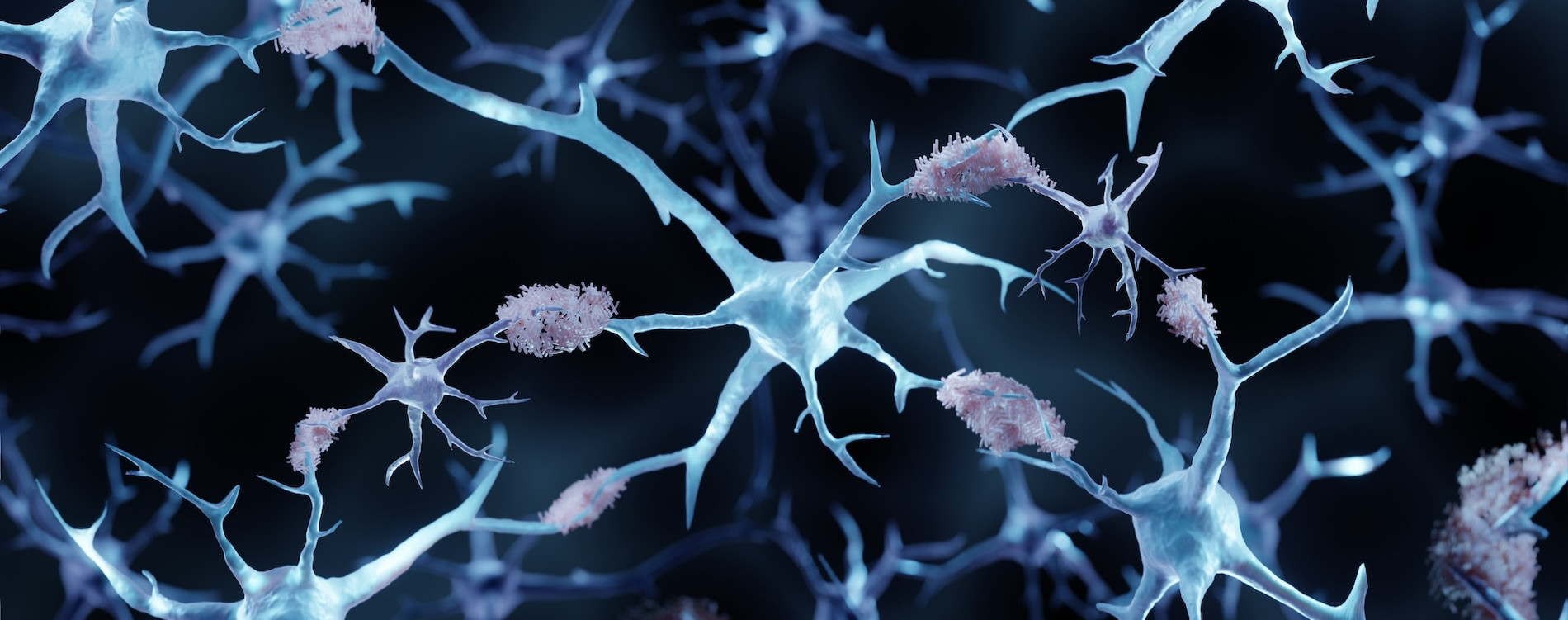John O’Keefe, May-Britt Moser, and Edvard Moser are the 2014 recipients of the Nobel Prize in Physiology or Medicine for their discoveries of place and grid cells in the brain. These GPS cells help us create a map of our surroundings, allowing us to navigate both new and familiar environments They also provide a space and time context for new memories.
These findings shed light on the inner working of the hippocampus and entorhinal cortex—two areas of the brain that are critical to memory and learning and the first to be attacked by Alzheimer’s disease. By understanding how these regions of the brain function, researchers can also begin to understand how they are affected by Alzheimer's and identify potential treatments.
For example, scientists often use small animals to study the effects of drugs before they are tested in humans. Often, such studies involve spatial memory, no doubt requiring place cells. Scientists can record the activity of these GPS cells while animals navigate through their environments. This pattern of activity can provide an understanding of why animals that are old or diseased with Alzheimer’s are more likely to have difficulty with navigation and spatial memory, and could determine whether treatments for Alzheimer’s can improve these difficulties. The discovery of these cells has also helped to explain why sleep is important for memory. Scientists led by Bruce McNaughton discovered that, when an animal sleeps, place cells in the hippocampus reactivate in the same sequence as when the animal was active before sleep. This reactivation during sleep strengthens the memory formed by these connections between cells.
We don’t yet know why one of the most common initial symptoms of Alzheimer’s disease is getting lost while driving or becoming disoriented in the home. Nor do we know why the hippocampus and entorhinal cortex are among the first areas of the brain to be affected by the disease. But the discovery of place and grid cells in these areas points to an important new focus for Alzheimer’s research. Finding answers to these questions could give us clues to new therapies to protect these cells and help us to develop therapies that target the parts of the brain affected early in Alzheimer’s disease.
